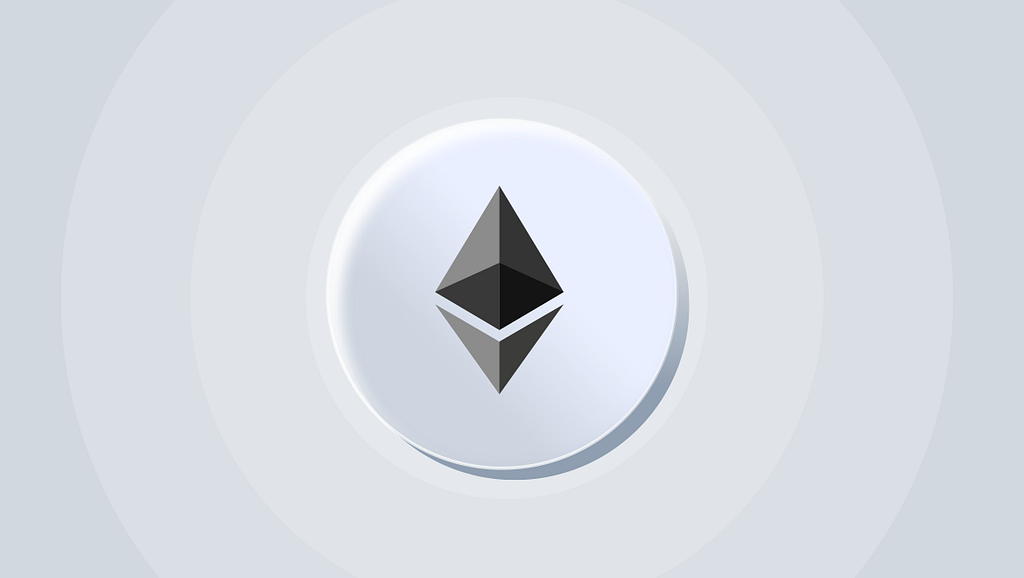
As businesses and individuals increasingly seek to understand the implications of blockchain technology, Ethereum emerges as a pivotal player in the evolution of the internet, often referred to as Web3. This blog aims to elucidate Ethereum’s significance in the decentralized web, highlighting its functionalities, applications, and the transformative potential it offers for various sectors.
Understanding Ethereum
What is Ethereum?
Ethereum is a decentralized, open-source blockchain platform that enables developers to build and deploy decentralized applications (DApps) using smart contracts. Unlike traditional cryptocurrencies, Ethereum serves not only as a digital currency (Ether or ETH) but also as a robust framework for creating applications that operate without central control.
How Does Ethereum Work?
Ethereum operates on a blockchain that records transactions in blocks validated by network participants known as miners. Smart contracts are self-executing agreements coded into the blockchain, allowing for automation of processes without intermediaries. This functionality is crucial for enhancing efficiency and reducing costs in various applications.
The Fundamentals of Web3
Definition of Web3
Web3 represents the next iteration of the internet, characterized by decentralization and user empowerment. It shifts control from centralized entities to individual users, promoting privacy, ownership, and transparency.
Differences Between Web2 and Web3

The Role of ETH in Web3
Importance of ETH
ETH plays a dual role in the Web3 ecosystem: it acts as a medium of exchange and fuels smart contracts that govern DApps. Its versatility makes it essential for transactions within decentralized networks.
Use Cases of ETH in Web3
Decentralized Finance (DeFi): ETH is integral to DeFi applications that allow users to lend, borrow, trade, and earn interest without traditional financial institutions.
Non-Fungible Tokens (NFTs): ETH supports the creation and trading of NFTs, enabling unique digital assets to be bought and sold securely.
Smart Contracts and DApps
What are Smart Contracts?
Smart contracts are programmable agreements that execute automatically when predetermined conditions are met. They eliminate the need for intermediaries, thereby increasing transaction speed and security.
Examples of DApps in Web3
DApps built on Ethereum span various sectors:
Uniswap: A decentralized exchange facilitating cryptocurrency swaps without a central authority.
Decentraland: A virtual environment where users can buy, sell, and develop virtual real estate.
Decentralized Finance (DeFi)
Overview of DeFi
DeFi represents a shift from traditional finance to peer-to-peer financial systems enabled by blockchain technology. It allows users to engage in financial activities without intermediaries.
How ETH Fuels DeFi
Ethereum’s smart contract capabilities underpin DeFi platforms. Users can utilize ETH for transaction fees or as collateral for loans, significantly altering how financial transactions occur.
Non-Fungible Tokens (NFTs)
What are NFTs?
NFTs are unique digital assets verified on the blockchain. They represent ownership or proof of authenticity for items such as art or collectibles.
Ethereum’s Role in NFTs
Ethereum’s infrastructure supports NFT creation and trading, ensuring secure ownership records through its immutable ledger.
Challenges Facing ETH in Web3
Scalability Issues
As Ethereum’s user base grows, scalability becomes a challenge. High transaction volumes can lead to increased gas fees and slower processing times.
Security Concerns
While decentralized systems offer many advantages, they are not immune to vulnerabilities. Poorly designed smart contracts can be exploited by malicious actors.
Regulatory Challenges
The global nature of Ethereum raises regulatory questions as it operates outside traditional financial frameworks. Ongoing dialogue between regulators and the blockchain community is necessary for navigating these complexities.
Solutions and Upgrades
Ethereum 2.0
Ethereum 2.0 aims to address scalability and security issues through a transition from proof-of-work (PoW) to proof-of-stake (PoS). This upgrade will enhance transaction throughput while reducing energy consumption.
Layer 2 Solutions
Layer 2 solutions like rollups process transactions off the main Ethereum chain, alleviating congestion and lowering fees while maintaining security standards.
Future of ETH in Web3
Predictions and Trends
The future of ETH within Web3 looks promising. Innovations in DeFi, NFTs, and governance models are expected to grow as more users adopt blockchain technology. Enhanced scalability solutions will likely drive further adoption across various industries.
Getting Started with ETH in Web3
Basic Steps for Beginners
For those new to Ethereum:
– Create a digital wallet.
– Acquire some ETH through exchanges.
– Explore DApps available on the Ethereum network.
Engaging with community forums can provide additional insights and support during this learning phase.
Ethical Considerations in Web3
Potential Ethical Issues
As with any emerging technology, ethical considerations surrounding privacy, accessibility, and environmental impact must be addressed. Responsible development practices will help ensure equitable access to Web3 benefits.
Community and Governance in Web3
Role of Community
The development of Web3 technologies relies heavily on community involvement. Developers and users collaborate to innovate while maintaining transparency throughout the process.
Governance Models
Decentralized Autonomous Organizations (DAOs) exemplify community-driven governance where token holders can vote on proposals affecting their ecosystem. This model fosters democratic decision-making within the platform.
Investment Opportunities in Web3
Overview of Investment Opportunities
The ETH ecosystem presents diverse investment avenues:
– Holding ETH as an asset.
– Participating in DeFi protocols.
– Investing in NFTs or contributing to DAOs.
Each option carries its own risks but also potential rewards reflective of market dynamics.
Conclusion
Ethereum stands at the forefront of creating a decentralized internet where users regain control over their digital lives. Its smart contract functionality enables innovative applications across various sectors while promoting user autonomy. As we advance into this new era characterized by decentralization, businesses looking to harness these technologies should consider collaborating with experienced Ethereum development company like Codezeros to explore opportunities tailored to their needs.
By embracing this shift towards Web3, organizations can position themselves at the cutting edge of digital innovation while contributing positively to a more equitable online environment.
Ethereum’s Role in the Decentralized Web (Web3) was originally published in Coinmonks on Medium, where people are continuing the conversation by highlighting and responding to this story.








